Through the testing of plastic bending strength using a tensile testing machine, we have gained an understanding of the structure and usage methods of the bending testing accessories in the tensile testing machine, and obtained the determination of plastic bending strength, bending elastic modulus, and stress-strain curve.
The tensile testing machine provides two sets of testing space, allowing operators to have a larger range of use, especially when there is a large difference in strength between raw materials and finished products during testing. The floor type is commonly used in industries such as steel wire and small screw fabrics.
Bending strength refers to the strength at which a specimen is placed on two fulcrums of a tensile machine using the simply supported beam method, and a concentrated load is applied between the two fulcrums to deform the specimen until it fails. For non brittle materials, yield phenomenon occurs when the load reaches a certain value, and the load at this time is also called the failure load, and its strength is called the static bending yield strength. Bending elastic modulus refers to the ratio of bending stress to strain of a material within proportional limits.
There are two standard experimental methods for bending strength: three-point bending and four point bending, with qualitative distribution of loading method, bending moment, and shear force. The difference between three-point bending and four-point bending is that there is a shear force in the middle of the specimen, so the measured strength is not the strength under pure bending.
To eliminate the effect of shear stress, increasing the span of the specimen and increasing the radius of the loading head can be used to compensate, or the four point bending test method can be used for the experiment. However, the four point bending requires a longer sample length and a more complex loading head structure, making it difficult to ensure loading balance in the experiment. The three-point bending experiment is simple and applicable, so three-point bending is currently a commonly used method for plastic bending experiments using tensile machines. This experiment was also conducted using the three-point bending method.
Due to the significant influence of thickness on deflection, if the actual thickness of the board is different from the required sample thickness, it should be corrected through mechanical processing. However, at this time, it should be noted that one side should be machined, and in the tensile machine experiment, the machined surface should be facing the loading head, so that the non machined surface is stretched, which has no impact on the experimental results.
The factors that affect the bending experiment include the size and processing of the specimen, the radius of the indenter and the surface radius of the support, the experimental span, the experimental speed, the experimental environment, and material properties. The thickness and width of a bent specimen are usually related to the bending strength and deflection. Increasing the thickness and width to increase the cross-sectional area of the specimen increases its ability to resist bending deformation.
 Pendulum impact testing machine
Pendulum impact testing machine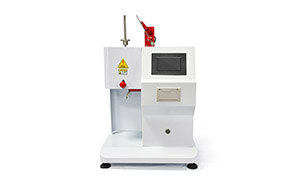 Plastic specific testing machine
Plastic specific testing machine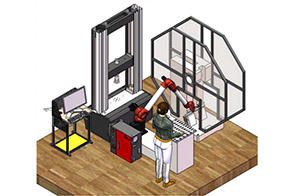 Automated testing plan
Automated testing plan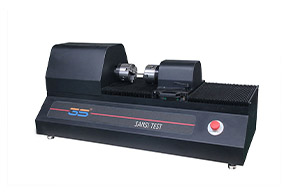 torsion testing machine
torsion testing machine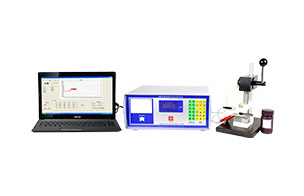 Coulomb thickness gauge
Coulomb thickness gauge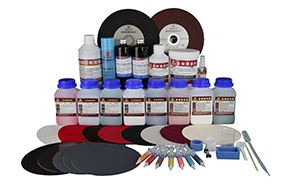 Metallographic auxiliary consumables
Metallographic auxiliary consumables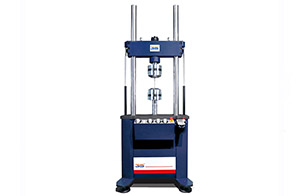 Dynamic fatigue testing machine
Dynamic fatigue testing machine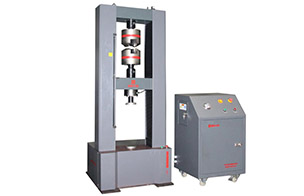 Electronic universal testing machine
Electronic universal testing machine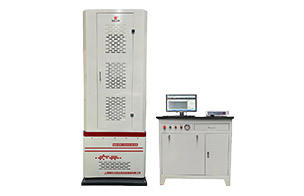 Electro hydraulic servo universal testing machine
Electro hydraulic servo universal testing machine Horizontal tensile testing machine
Horizontal tensile testing machine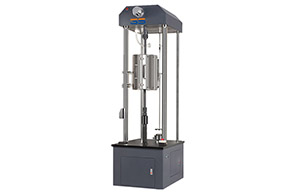 High temperature creep endurance testing machine
High temperature creep endurance testing machine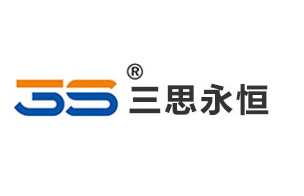 Sansi Yongheng
Sansi Yongheng





























